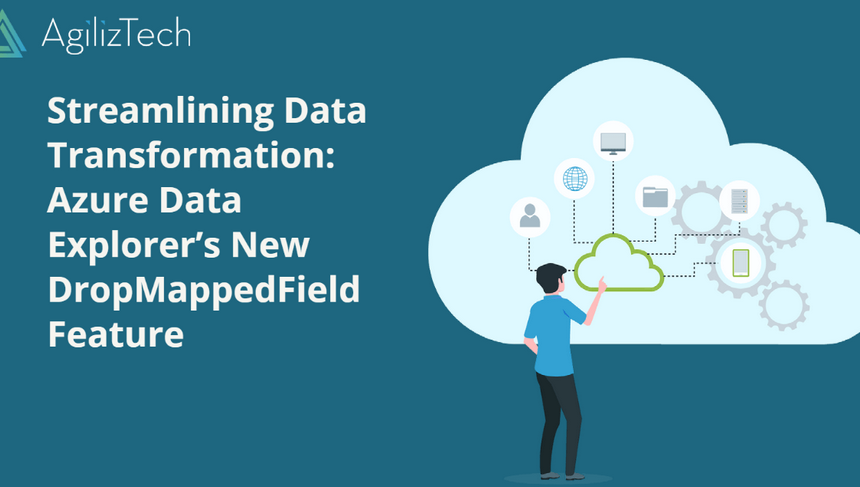This distribution model uses a function to make the distribution, as shown in Figure 2.10. For large table sizes, this distribution model delivers the highest query performance. Consider the following snippet, which can be added to the script that creates the READING table: DISTRIBUTION = HASH([ELECTRODE_ID]) This results in the data being deterministically distributed across […]
Data Concepts– CREATE DATABASE dbName; GO
There are many concepts you must be aware, comfortable, and competent with to manage data efficiently. This section covers many data concepts that will not only help you pass the Data Engineering on Microsoft Azure exam, but also help you do the job in the real world. Keep in mind that when discussing relational structure […]
Data Management– CREATE DATABASE dbName; GO
Don’t confuse data management with database management, where the focus is on the mechanics of the DBMS. When you choose to run your database on the Azure platform and select a PaaS product, then the management of that database is no longer your or your company’s responsibility. Instead, the focus here is the management of […]
Table Categories – CREATE DATABASE dbName; GO
You might be wondering which distribution model you should use. The answer has to do with the table category to which the table you are creating belongs; see Table 2.3. TABLE 2.3 Table category distribution matrix Category Distribution model Staging ROUND_ROBIN Fact HASH Dimension (small table) REPLICATED Dimension (large table) HASH STAGING TABLE A staging […]




